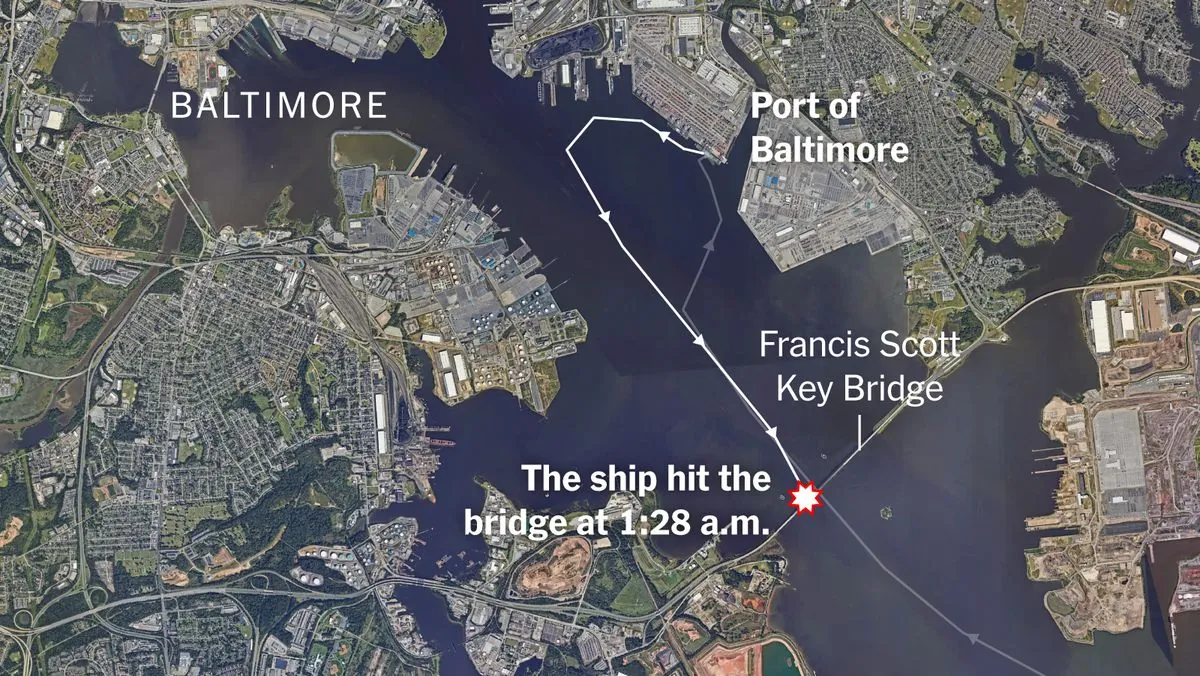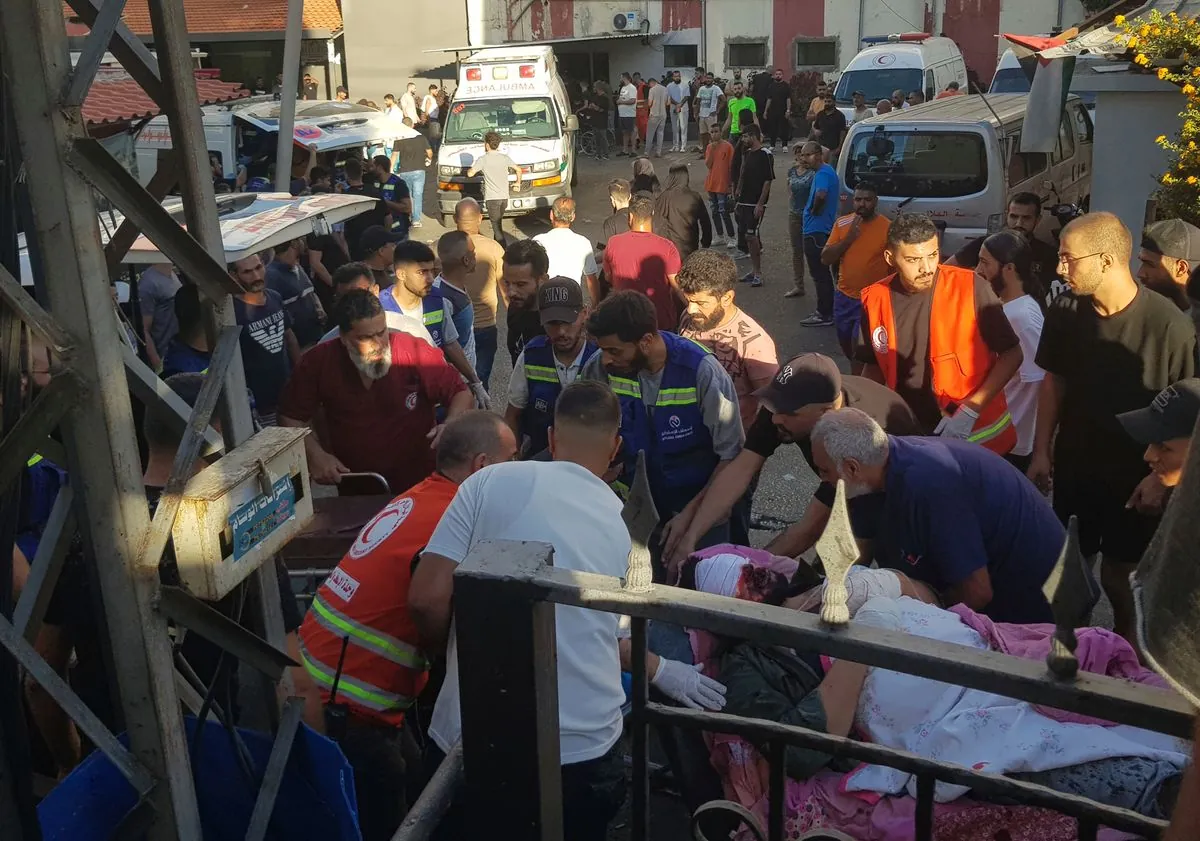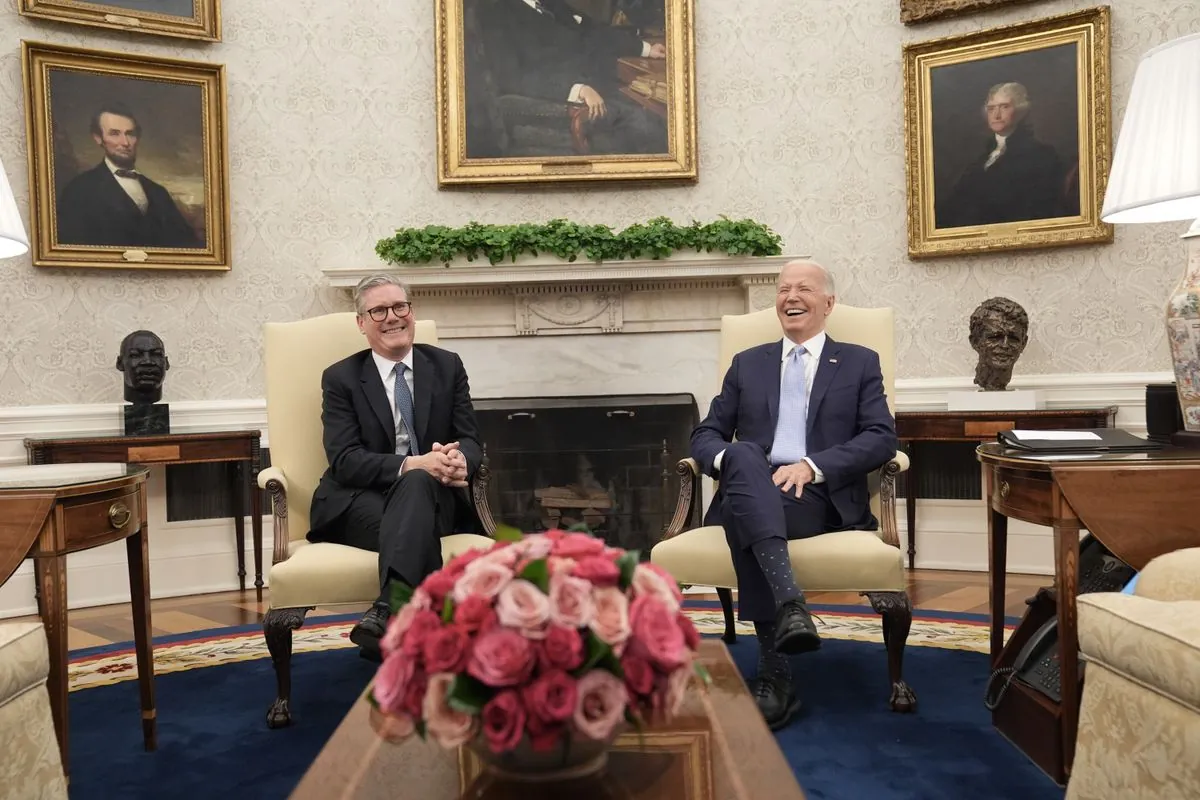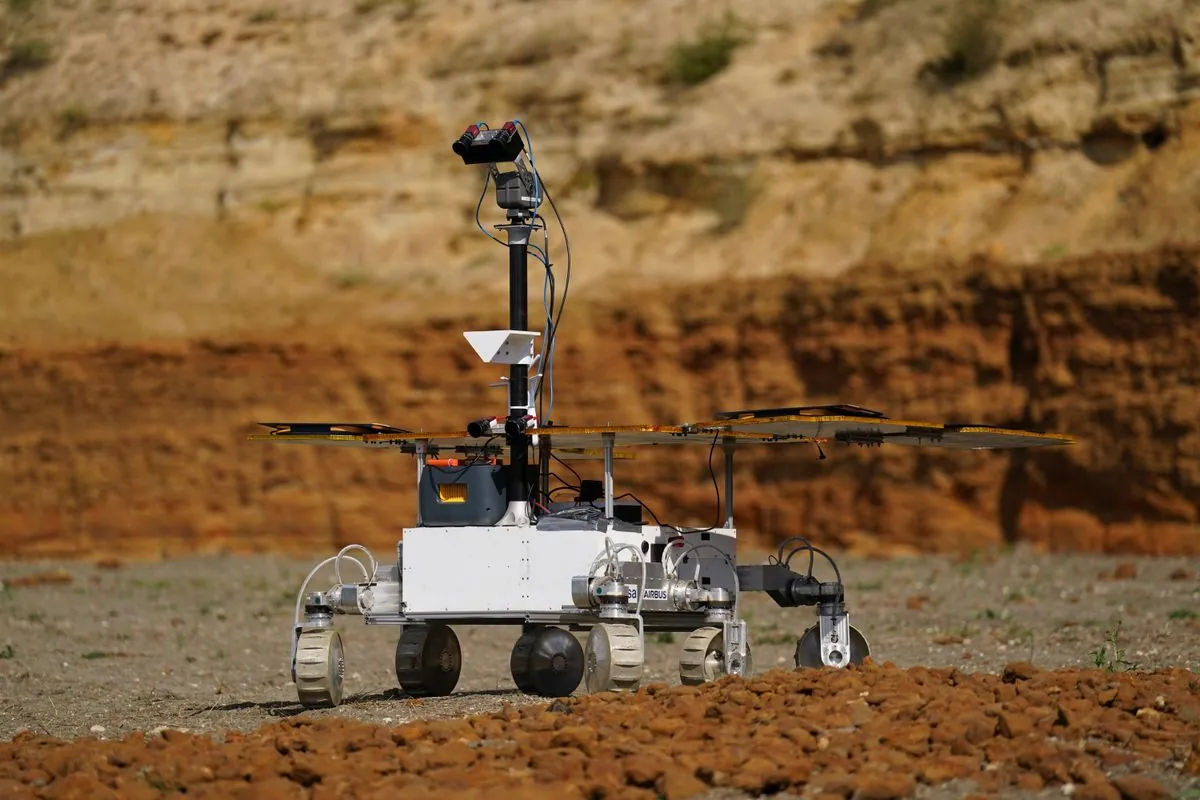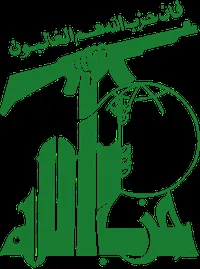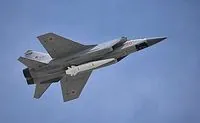Ukraine's Storm Shadow Dilemma: Effectiveness, Allies, and Arsenal Complexities
Ukraine faces challenges in utilizing Storm Shadow missiles effectively against Russia, highlighting complex international weapon dynamics and raising questions about Britain's own long-range strike capabilities.
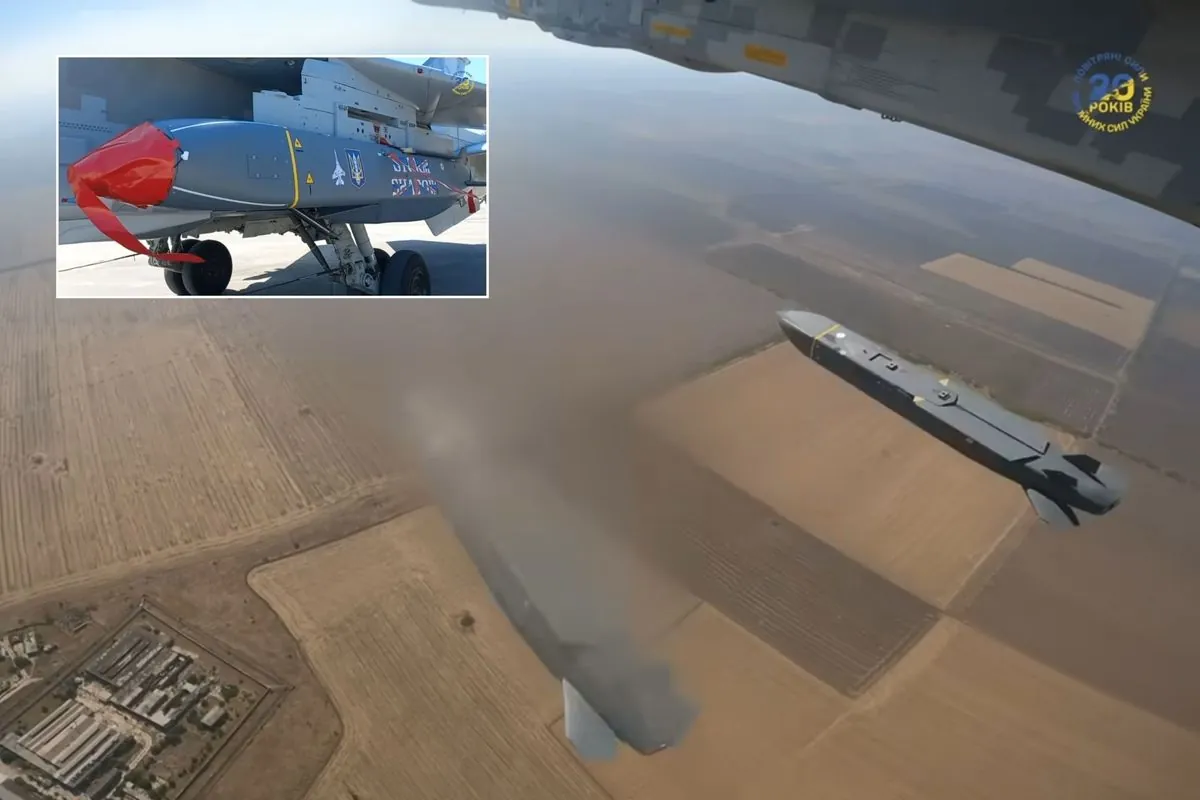
The ongoing conflict between Ukraine and Russia has brought attention to the complexities surrounding the use of advanced weaponry, particularly the Storm Shadow cruise missile. This sophisticated weapon, while potentially game-changing, faces numerous challenges in its deployment and effectiveness.
The Storm Shadow, a joint Franco-British creation, has its roots in the 1980s APACHE runway-buster. Over time, it evolved into the current missile system, known as SCALP in France and Storm Shadow in the UK. Despite its advanced capabilities, including a range of approximately 560 km and a sophisticated guidance system, the missile's effectiveness is not guaranteed without additional support.
One of the primary challenges facing Ukraine in utilizing the Storm Shadow is the need for complementary systems. The missile's subsonic speed makes it vulnerable to interception by Russian air defenses. To overcome this, Ukraine has employed various tactics, including:
- Special forces operations to neutralize key Russian radar installations
- Deployment of High-speed Anti-Radiation Missiles (HARM) to target enemy radars
- Use of Miniature Air Launched Decoys (MALD) to confuse Russian defense systems
These supporting elements, crucial for the Storm Shadow's success, are predominantly of US origin. This situation places Washington at the center of decision-making regarding the missile's effective use against Russian targets.
President Volodymyr Zelensky has been vocal in his appeals for permission to conduct Storm Shadow strikes within Russian territory. While both Britain and France have given their approval, with certain target restrictions, the absence of US support for complementary systems could render these strikes ineffective.
The geopolitical implications of these weapon systems extend beyond the current conflict. The International Traffic in Arms Regulations (ITAR) has previously impacted the export of SCALP missiles to Egypt, highlighting the complex web of international regulations governing advanced weaponry.

"The problem is behind me. We consider today that this issue has been dealt with."
This statement refers to the resolution of ITAR-related issues in exporting SCALP missiles, demonstrating the ongoing challenges in international arms trade.
The situation also raises questions about Britain's own long-range precision strike capabilities. Currently, the Storm Shadow represents the UK's primary asset in this category, with limited alternatives available. This reliance on a single system, coupled with the complexities of international cooperation and regulations, underscores the challenges faced by modern militaries in maintaining effective long-range strike capabilities.
As the conflict in Ukraine continues, the effectiveness of weapons like the Storm Shadow will likely remain a topic of intense discussion and analysis. The interplay between technological capabilities, international regulations, and geopolitical considerations will continue to shape the landscape of modern warfare and defense strategies.
